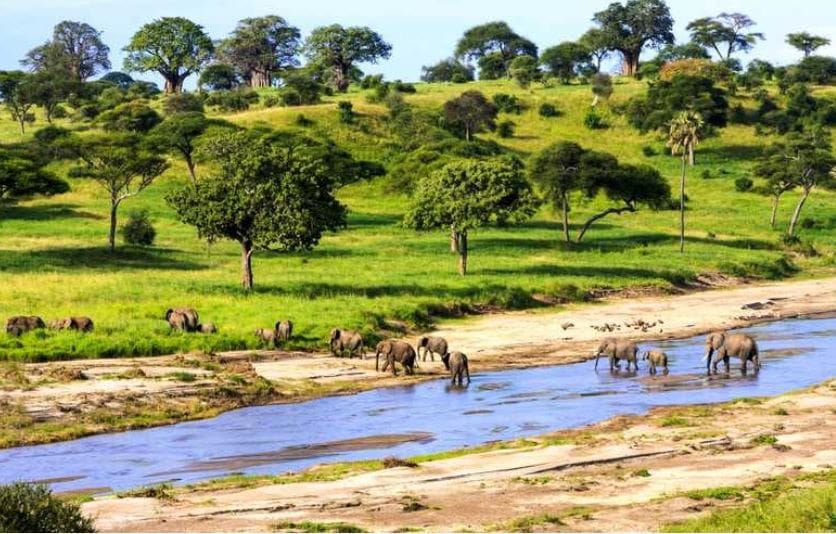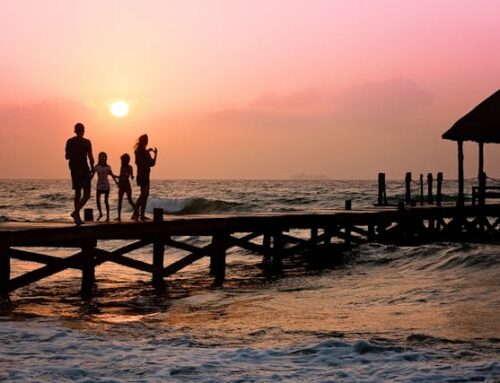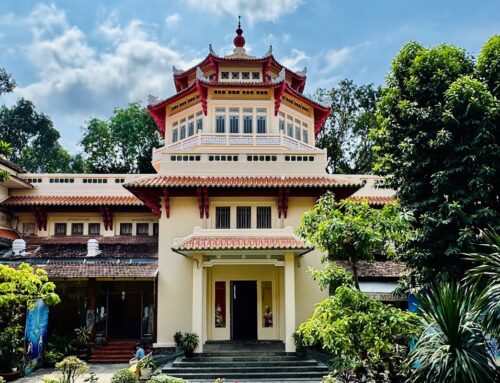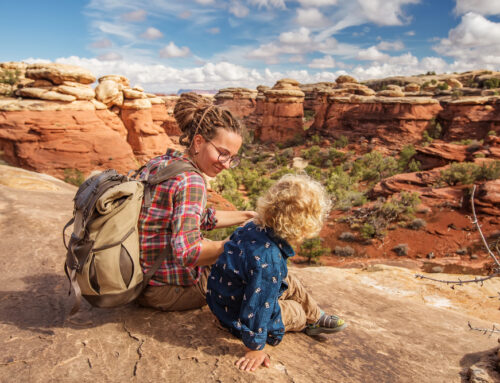Best Times to Visit Tanzania for Once-In-A-Lifetime Safari Trip

OK, so you’ve decided to take on a once-in-a-lifetime safari trip.
Even better, you’ve decided to visit southern Tanzania, which is one the best and most popular safari locations in the whole of Africa, particularly consider the Selous Reserve. This is also one the best locations from which to view the Great Wildebeest Migration, provided that you select the right lodgings and book your trip for the relevant time of year.

In this post, we’ll discuss the best time to visit south Tanzania to have the best condition for your once-in-a-lifetime safari trip.
The Dry Season is the Best Time to visit South Tanzania
If it’s your main objective to witness the iconic wildebeest migration (which is the case with most travellers to south Tanzania), the best time to visit in between June and October.
This is best known as the dry season, and during this time you can see animals in far more concentrated numbers throughout the region. They’re also easier to spot during this time, as they tend to congregate around the waterholes and rivers where there’s less vegetation.

Now, while it’s fair to say that the Dry season sees a higher number of visitors to south Tanzania, most safari locations do not appear overly busy or crowded. The same cannot be said for destinations like the Serengeti and the Ngorongoro Crater in north Tanzania, which are packed with tourists during the summer.
From a climate perspective, it’s also important to note that both the mornings and the nights are quite cold in south Tanzania (even during the dry season). So, if you intend to embark on early morning and night-time drives, you’ll need to make sure that you pack warm clothing and layers for the trip.
You can find out more about this time of year, from the dry season safari blog by Tanzania Odyssey, and this should help you to make an informed decision.
What About the Wet Season?
In contrast, the wet season runs from November to May, and common wisdom suggests that this is a less than ideal to book a southern Tanzania safari but that doesn’t mean you won’t still experience some breath-taking sites. However, booking during this window may save you money, so it’s important to measure these savings against the type of holiday that you’re hoping to enjoy.

Visiting during different periods of the wet season will certainly offer you access to variable types of experience. A trip during late January will allow you to see the calving in the southern Serengeti, while this is also an excellent time to see the region’s predators in action.
Now, while the wildlife may be easier to spot in the dry season, there’s still ample opportunity to see various species. Migratory birds are also present during this time, which adds a unique dimension to your safari experience.
The period between March and May represents the peak of the rainy season, during which time the rains are extremely heavy and can have a detrimental impact on your holiday. Outside of these months, the rainfall is most punctuated and defined by short, afternoon showers that should not undermine the experience, so booking in January and February may be your best option when visiting southern Tanzania.
********************************
About The Author: James Martin: Travel enthusiast (especially Africa), photography nut and all-round-good guy. Never turn down a free drink!
********************************




